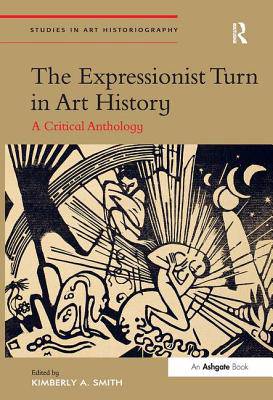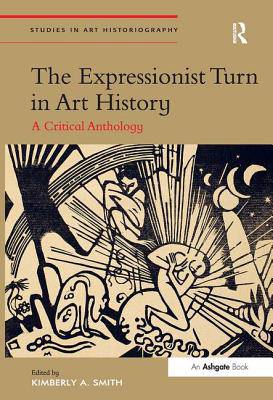
- Afhalen na 1 uur in een winkel met voorraad
- Gratis thuislevering in België vanaf € 30
- Ruim aanbod met 7 miljoen producten
- Afhalen na 1 uur in een winkel met voorraad
- Gratis thuislevering in België vanaf € 30
- Ruim aanbod met 7 miljoen producten
Zoeken
The Expressionist Turn in Art History
A Critical Anthology
€ 274,95
+ 549 punten
Omschrijving
During the period in which Expressionist artists were active in central Europe, art historians were producing texts which also began to be characterized evocatively as 'expressionist', yet the notion of an expressionist art history has yet to be fully explored in historiographic studies of the discipline. This anthology offers a cross-section of noteworthy art history texts that have been described as expressionist, along with critical commentaries by an international group of scholars. Written between 1912 and 1933, the primary sources have been selected from the published scholarship of both recognized and less-familiar figures in the field's Germanic tradition: Wilhelm Worringer, Fritz Burger, Ernst Heidrich, Max Dvořák, Heinrich Wölfflin, and Carl Einstein. Translated here for the first time, these examples of an expressionist turn in art history, along with their secondary analyses and the book's introduction, offer a productive lens through which to re-examine the practice and theory of art history in the early twentieth century.
Specificaties
Betrokkenen
- Uitgeverij:
Inhoud
- Aantal bladzijden:
- 374
- Taal:
- Engels
- Reeks:
Eigenschappen
- Productcode (EAN):
- 9781409449997
- Verschijningsdatum:
- 14/11/2014
- Uitvoering:
- Hardcover
- Formaat:
- Genaaid
- Afmetingen:
- 156 mm x 234 mm
- Gewicht:
- 703 g

Alleen bij Standaard Boekhandel
+ 549 punten op je klantenkaart van Standaard Boekhandel
Beoordelingen
We publiceren alleen reviews die voldoen aan de voorwaarden voor reviews. Bekijk onze voorwaarden voor reviews.










